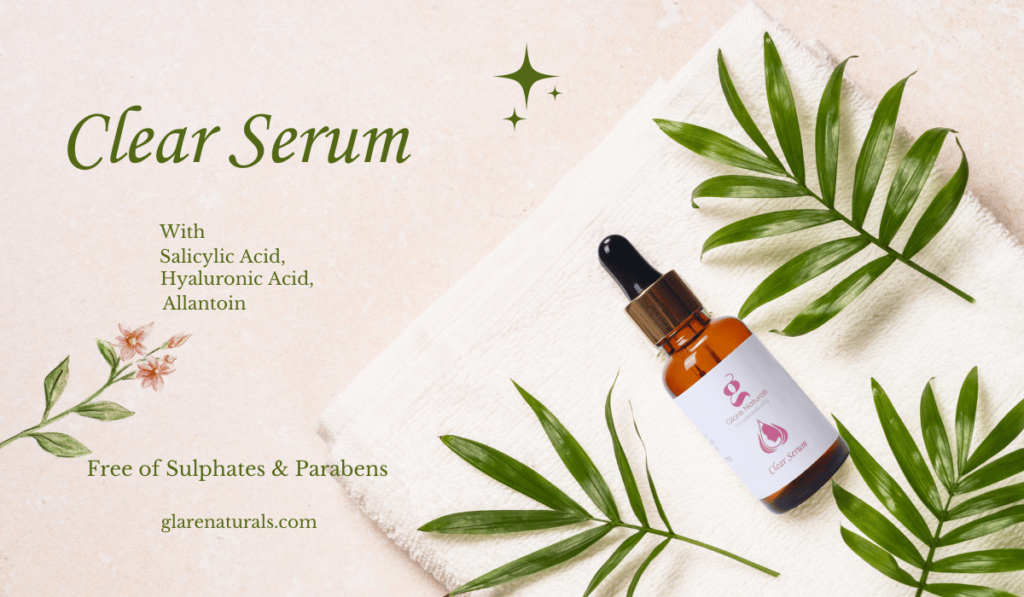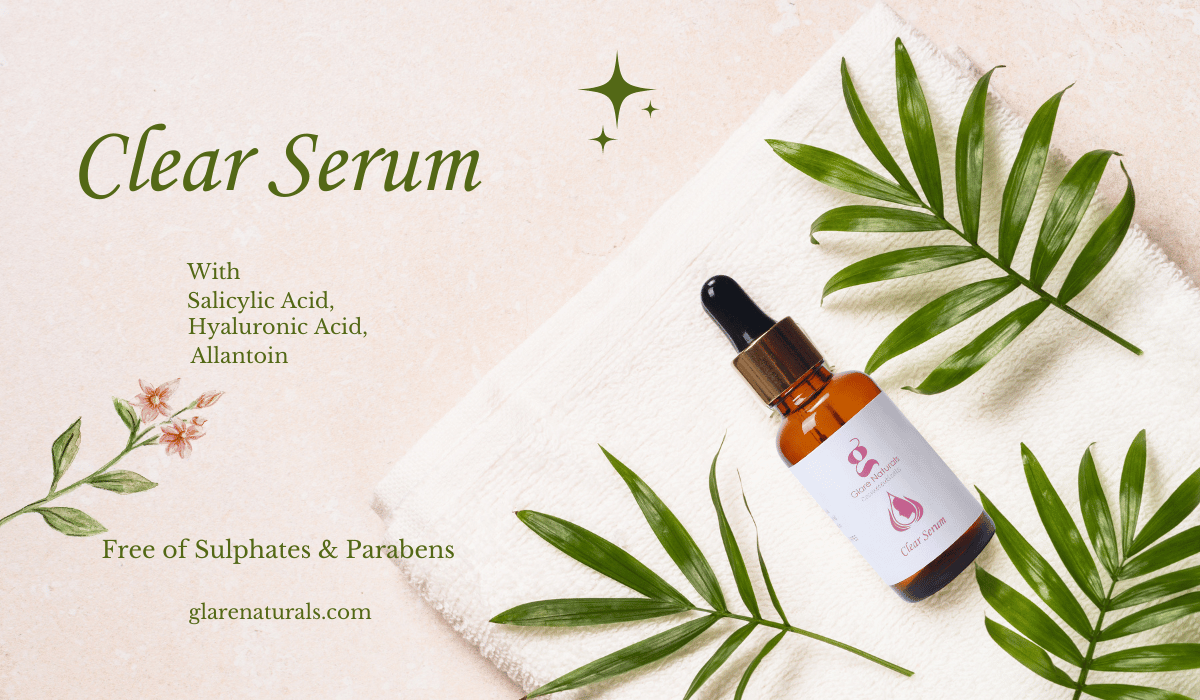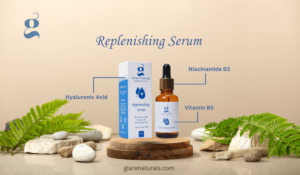Skincare is not just a trend; it’s a necessity, especially in regions like Pakistan, where environmental factors and lifestyle can take a toll on the skin. Salicylic acid serum in Pakistan is one of the go-to products gaining popularity. But what exactly is salicylic acid, and why is its serum gaining attention? Let’s dive deeper into this wonder ingredient and explore its role in Pakistani skincare routines.
What is Salicylic Acid?
Salicylic acid is a beta-hydroxy acid (BHA) known for its exfoliating properties. It penetrates deep into the pores, effectively removing dead skin cells, excess oil, and other impurities. This makes it particularly beneficial for individuals dealing with acne-prone or congested skin.
Importance of Skincare in Pakistan
Pakistan’s climate, characterized by hot summers and dry winters, along with factors like pollution and UV exposure, can wreak havoc on the skin. As a result, there’s a growing awareness about the importance of skincare to maintain healthy, radiant skin despite these challenges.
Role of Salicylic Acid Serum in Skincare Routine
Salicylic acid serum plays a crucial role in addressing common skincare concerns such as acne, blackheads, and enlarged pores. Its ability to deeply cleanse and unclog pores makes it a staple in many skincare routines, including those in Pakistan.
Benefits of Salicylic Acid Serum
Exfoliation and Unclogging Pores
Salicylic acid works by exfoliating the skin’s surface and inside the pores, helping to remove dead skin cells and prevent pore blockages. This leads to smoother, clearer skin with reduced blackheads and breakouts.
Treating Acne and Breakouts
One of the primary benefits of salicylic acid serum is its effectiveness in treating acne. It targets acne-causing bacteria while reducing inflammation, resulting in fewer breakouts and faster healing of existing blemishes.
Reducing Inflammation and Redness
In addition to its exfoliating properties, salicylic acid has anti-inflammatory effects, making it suitable for calming redness and irritation associated with acne and other skin conditions.
How to Use Salicylic Acid Serum
Patch Testing
Before incorporating any new skincare product into your routine, including salicylic acid serum, it’s essential to perform a patch test to check for any adverse reactions.
Frequency of Use
The frequency of salicylic acid serum usage depends on individual skin tolerance. It’s recommended to start with once or twice a week and gradually increase frequency as tolerated.
Application Techniques
Apply a thin layer of salicylic acid serum to clean, dry skin, focusing on areas prone to breakouts or congestion. Allow it to absorb fully before proceeding with other skincare products.
Choosing the Right Salicylic Acid Serum

Concentration of Salicylic Acid
Salicylic acid serums are available in various concentrations, typically ranging from 0.5% to 2%. Beginners or those with sensitive skin may opt for lower concentrations, while experienced users may prefer higher strengths for targeted treatment.
Other Ingredients to Look For
Look for salicylic acid serums formulated with additional beneficial ingredients such as niacinamide, hyaluronic acid, and antioxidants to enhance efficacy and hydration.
Considerations for Different Skin Types
While salicylic acid is suitable for most skin types, individuals with dry or sensitive skin should proceed with caution and consider formulations with added moisturizing agents to prevent dryness or irritation.
Incorporating Salicylic Acid Serum into Your Skincare Routine
Cleansing
Start by cleansing your face with a gentle cleanser to remove dirt, oil, and makeup, preparing the skin for the application of salicylic acid serum.
Toning
Follow cleansing with a hydrating toner to balance the skin’s pH levels and prepare it for better absorption of subsequent skincare products.
Moisturizing
Apply a lightweight moisturizer to lock in hydration and prevent dryness, especially if you’re using salicylic acid serum, which can be drying for some individuals.
Sunscreen Application
Finish your morning skincare routine with a broad-spectrum sunscreen to protect your skin from harmful UV rays, as salicylic acid can increase sensitivity to the sun.
Potential Side Effects and Precautions
Dryness and Irritation
Some individuals may experience dryness, redness, or irritation when using salicylic acid serum, especially at higher concentrations or with frequent use. Start with a lower concentration and gradually increase to minimize potential side effects.
Sun Sensitivity
Salicylic acid can increase the skin’s sensitivity to the sun, so it’s crucial to apply sunscreen daily and limit sun exposure, particularly when using salicylic acid-containing products.
Consulting a Dermatologist
If you experience persistent or severe side effects from using salicylic acid serum, consult a dermatologist for personalized advice and recommendations.
Real Users’ Experiences with Salicylic Acid Serum
Testimonials from Individuals in Pakistan
Many individuals in Pakistan have shared positive experiences with salicylic acid serum, noting improvements in acne, blackheads, and overall skin texture.
Before and After Results
Before and after photos showcasing the transformative effects of salicylic acid serum provide visual evidence of its efficacy in addressing various skincare concerns.
Addressing Common Concerns About Salicylic Acid Serum
Is it Safe for Sensitive Skin?
While salWhile salicylic acid is generally well-tolerated, individuals with sensitive skin may experience irritation or dryness. It’s advisable for those with sensitive skin to start with lower concentrations and patch test before incorporating it into their routine.
Can it be Used During Pregnancy?
Pregnant individuals should consult their healthcare provider before using salicylic acid products, including serums. While topical application is generally considered safe in low concentrations, it’s essential to exercise caution, especially during pregnancy.
Will it Bleach the Skin?
Unlike some other skincare ingredients, salicylic acid does not bleach the skin. Its primary function is to exfoliate and unclog pores, leading to a clearer complexion without altering skin tone or causing bleaching effects.
Conclusion
In conclusion, salicylic acid serum holds immense potential as a skincare staple in Pakistan and beyond. Its exfoliating properties, coupled with its ability to treat acne and reduce inflammation, make it a versatile solution for various skin concerns. By understanding how to incorporate salicylic acid serum into your skincare routine safely and effectively, you can reap its benefits and achieve clearer, healthier-looking skin.
Whether you’re dealing with acne breakouts, blackheads, or uneven skin texture, incorporating a salicylic acid serum into your regimen may offer the solution you’ve been searching for. Remember to start slowly, patch test, and listen to your skin’s needs for optimal results.
FAQs
Can salicylic acid serum be used daily?
While some individuals may tolerate daily use, it’s advisable to start with less frequent application and gradually increase as tolerated. Overuse can lead to dryness and irritation.
Is salicylic acid serum suitable for all skin types?
Salicylic acid is generally suitable for most skin types, but individuals with extremely dry or sensitive skin should proceed with caution and consider lower concentrations.
Can salicylic acid serum help with acne scars?
While salicylic acid can help improve the overall appearance of the skin and reduce the likelihood of new breakouts, it may not be as effective in treating existing acne scars. For acne scar treatment, consider other options such as chemical peels or laser therapy.
Should salicylic acid serum be used in the morning or evening?
Salicylic acid can be used both in the morning and evening, depending on your skincare routine and preferences. If using it in the morning, be sure to follow up with sunscreen due to increased sun sensitivity.
How long does it take to see results with salicylic acid serum?
Individual results may vary, but many people notice improvements in their skin texture and acne within a few weeks of consistent use. However, it may take several weeks to see significant changes, so patience is key.



